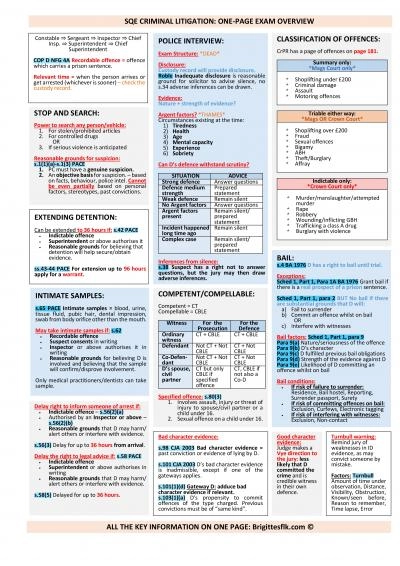PDF-PROGRAM NOTES
Author : karlyn-bohler | Published Date : 2017-01-03
by Phillip Huscher Joseph Haydn Born March 31 1732 Rohrau Austria Died May 31 1809 Vienna Austria Cello Concerto in C Major Hob VIIb1 Haydn composed this cello
Presentation Embed Code
Download Presentation
Download Presentation The PPT/PDF document "PROGRAM NOTES" is the property of its rightful owner. Permission is granted to download and print the materials on this website for personal, non-commercial use only, and to display it on your personal computer provided you do not modify the materials and that you retain all copyright notices contained in the materials. By downloading content from our website, you accept the terms of this agreement.
PROGRAM NOTES: Transcript
Download Rules Of Document
"PROGRAM NOTES"The content belongs to its owner. You may download and print it for personal use, without modification, and keep all copyright notices. By downloading, you agree to these terms.
Related Documents

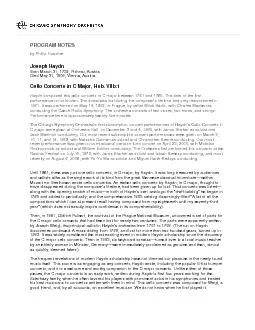
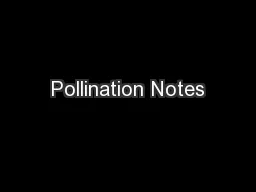
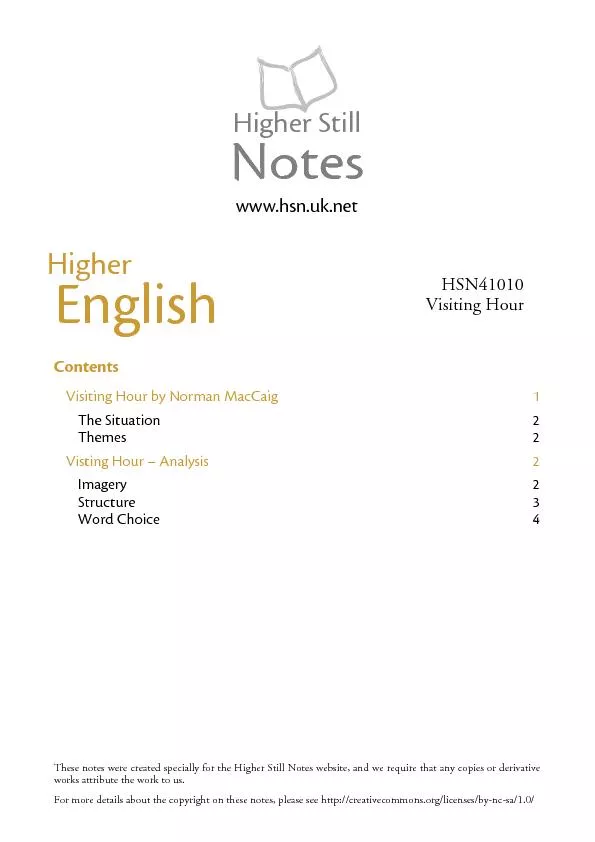
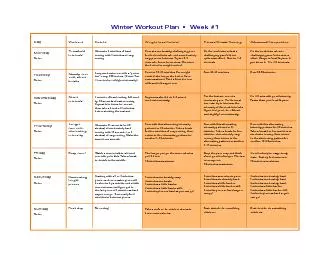
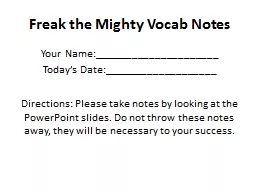
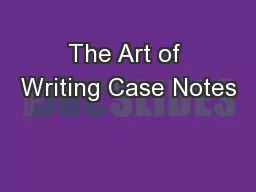
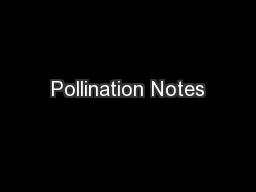
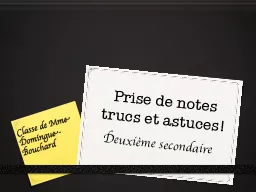
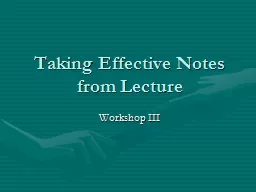
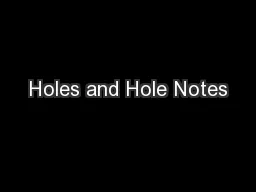
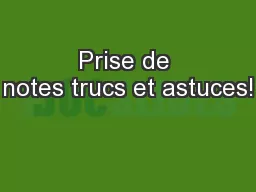
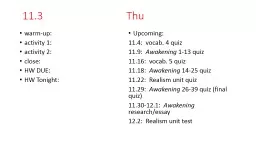
![[EPUB] - Sloth Cornell Notes Notebook: An 8.5 x 11 cornell notes notepad, cornell notes](https://thumbs.docslides.com/907355/epub-sloth-cornell-notes-notebook-an-8-5-x-11-cornell-notes-notepad-cornell-notes-pad-cornell-notes-book-note-taking-notebo.jpg)
